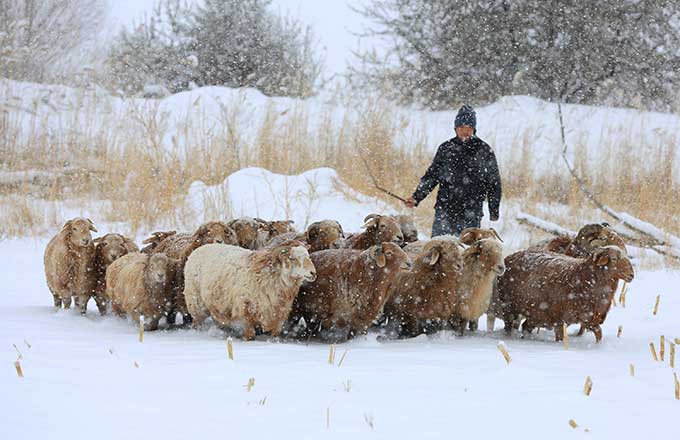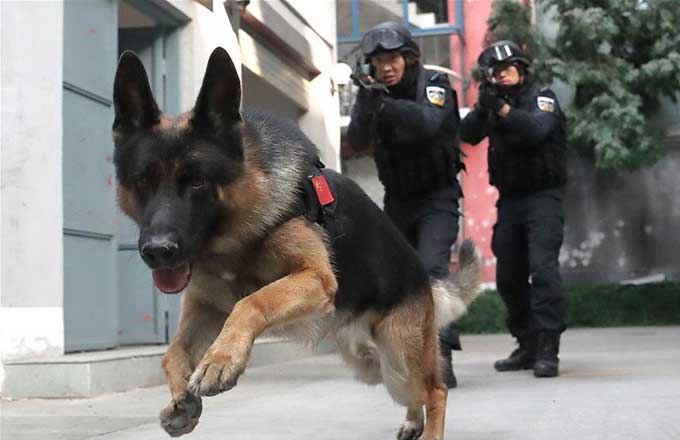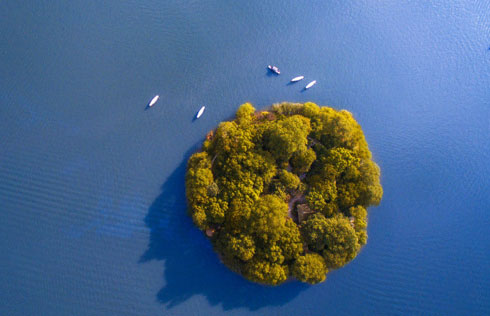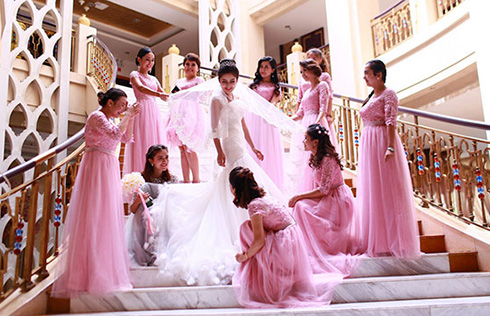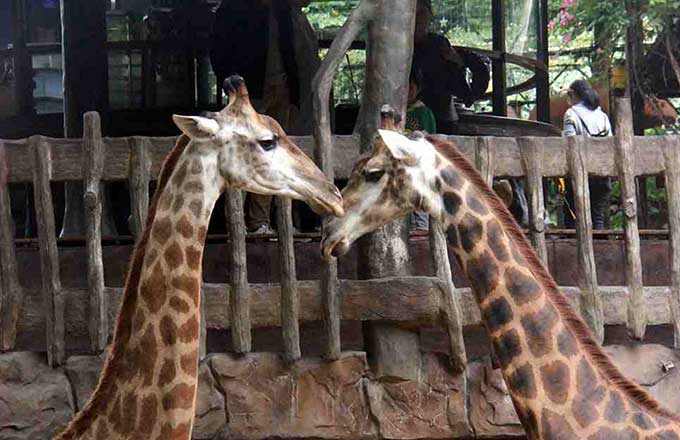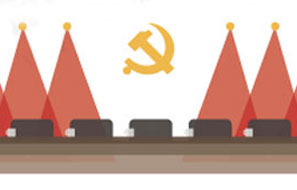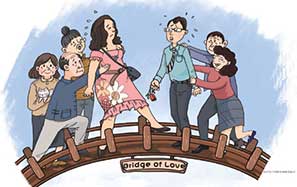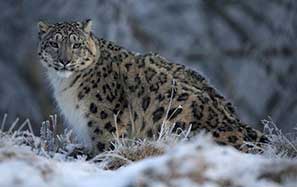Chinese scientists decode technology on Tiangong-2
LANZHOU - As China's space exploration continues to grab national attention, scientists on Thursday decoded an important technology on China's space lab Tiangong-2.
Scientists with the Lanzhou Institute of Physics have created important equipment on the space lab, including the Stirling cryocooler, which is used to lower the temperature of superconductive devices.
"The Stirling cryocooler for Tiangong-2 is like a huge refrigerator," said Sun Shuze with the institute. "While a normal fridge can bring temperatures down to minus 20 degrees Celsius, the Stirling cryocooler can make it to below minus 200 degrees Celsius."
Sun expects the technology will be applied in civil use in the future.
"If, for example, a mechanic wants to fix the chassis of a car, which usually has high temperatures, we can create a jacket made with Stirling cryocooler and make it cool down there very soon," he added.
Scientists with the institute have already developed an electric generator for civil use with the Stirling technology. With the generator, one can generate electricity with heat sources 300 degrees to 400 degrees Celsius.
"I hope that while such technology contributes to China's space development, it will also help people live better lives," he said.
Tiangong-2 was launched in September, and the Shenzhou-11 spacecraft last week took two astronauts to a 30-day mission in the space lab. They will conduct more than a dozen scientific experiments, most of them in cutting-edge fields of exploration, preparing for the construction of a more complicated space station.
Scientists with the Lanzhou Institute of Physics have created important equipment on the space lab, including the Stirling cryocooler, which is used to lower the temperature of superconductive devices.
"The Stirling cryocooler for Tiangong-2 is like a huge refrigerator," said Sun Shuze with the institute. "While a normal fridge can bring temperatures down to minus 20 degrees Celsius, the Stirling cryocooler can make it to below minus 200 degrees Celsius."
Sun expects the technology will be applied in civil use in the future.
"If, for example, a mechanic wants to fix the chassis of a car, which usually has high temperatures, we can create a jacket made with Stirling cryocooler and make it cool down there very soon," he added.
Scientists with the institute have already developed an electric generator for civil use with the Stirling technology. With the generator, one can generate electricity with heat sources 300 degrees to 400 degrees Celsius.
"I hope that while such technology contributes to China's space development, it will also help people live better lives," he said.
Tiangong-2 was launched in September, and the Shenzhou-11 spacecraft last week took two astronauts to a 30-day mission in the space lab. They will conduct more than a dozen scientific experiments, most of them in cutting-edge fields of exploration, preparing for the construction of a more complicated space station.
Related Stories
- Is it a thing? 10 odd jobs where you can make good money
- Message on a bottle: Mineral water company launches drive to find missing children
- Sun Yat-sen champion of national integrity, unity: Xi
- Four killed, two injured after house collapses in C China
- Cross-Straits forum held to commemorate Sun Yat-sen
Editor's picks




